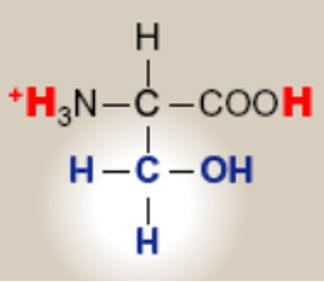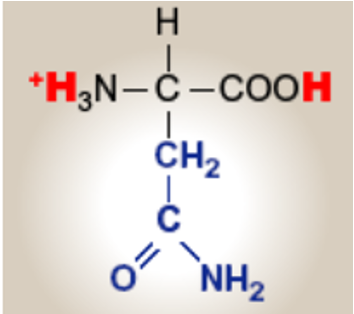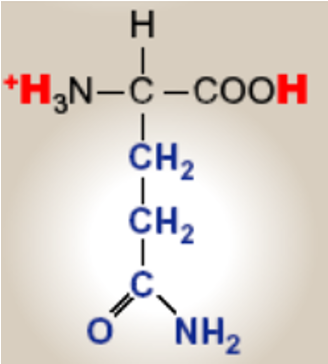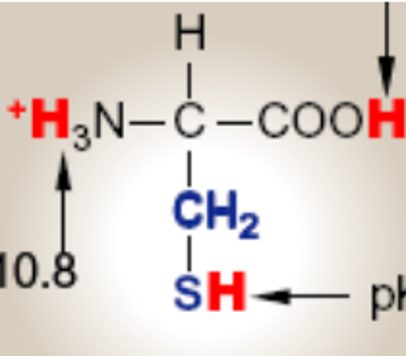Non-charged polar side chains
1/7
There's no tags or description
Looks like no tags are added yet.
Name | Mastery | Learn | Test | Matching | Spaced |
|---|
No study sessions yet.
8 Terms

Serine; Ser; S

Threonine; Thr; T

Asparagine; Asn; N

Glutamine; Gln; Q
Serine and threonine Features
what group do they have on their side chain
that group makes them what.. forms what.. with
this group can be …. by adding ..
what is this called
have an –OH (hydroxyl group) in their side chains.
–OH makes them polar — it can form hydrogen bonds with water or other molecules.
–OH group can also be modified by adding a phosphate group
This process is called phosphorylation. secondary modification in proteins
Asparagine (Asn) and Glutamine (Gln)
their side chains have what 2:
what do these groups form and with what
Their side chains each have two parts:
a carbonyl group (C=O)
an amide group (–NH₂)
These groups can both form hydrogen bonds — with water or with other parts of the protein.

Cysteine; Cys; C
Cysteine; Cys; C features
what group does it have attached
where does it have an important role what does it do
explain what happens to 2 csysten bond tog
Has sulffhydryl, thiol group
important role in enzymes active sites. helps grab or release molecules during reaction
when 2 cysteine molecules come close together the Sh group join and form disulfide bond
this allows bond linkong of diff parts of the protien